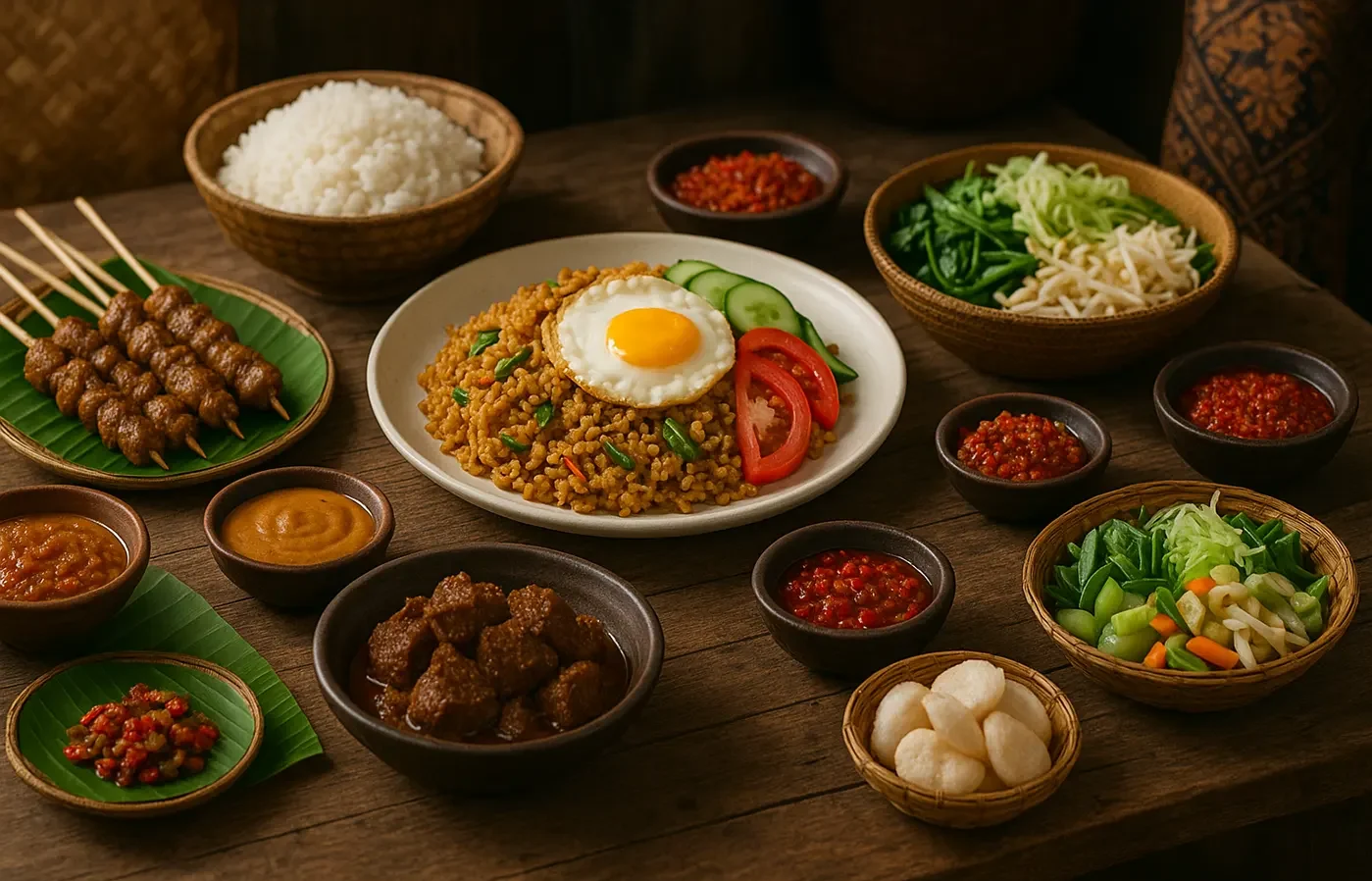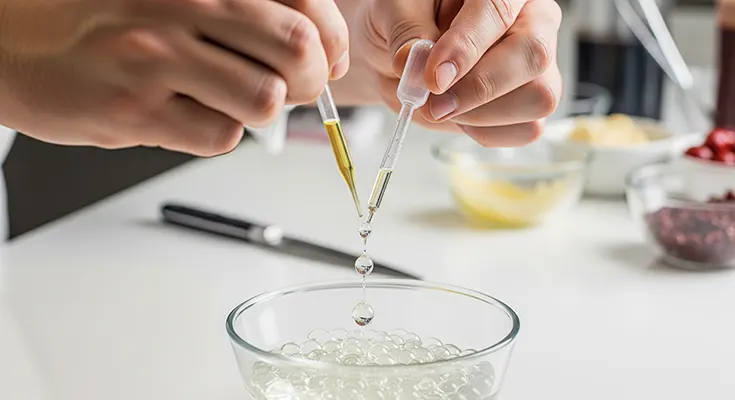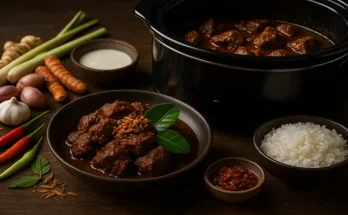Spherification is arguably the most iconic and visually stunning technique to emerge from the world of molecular gastronomy. It is a process that transforms a liquid into a sphere that bursts in the mouth, releasing a concentrated burst of flavor. While the result may seem like a magical feat of culinary alchemy, the science behind it is an elegant and accessible chemical reaction between two key ingredients: sodium alginate and a calcium solution.
The Core Ingredients: Sodium Alginate and Calcium
The heart of spherification lies in the interaction between a hydrocolloid and a mineral.
- Sodium Alginate: This is a natural polysaccharide extracted from brown algae. When dispersed and hydrated in a liquid, it forms a viscous solution.
- Calcium Ions: Calcium is a mineral essential for this reaction. Common sources of calcium in spherification are calcium lactate, calcium chloride, or calcium gluconate.
The fundamental principle is that when a solution containing sodium alginate is introduced to a bath containing calcium ions, the calcium ions cause the alginate molecules to link together, or “cross-link.” This forms a gel membrane on the exterior of the liquid droplet, effectively turning it into a sphere with a liquid center.
Two Techniques: The Classic and the Reverse
There are two primary methods of spherification, each with its own advantages and applications.
1. Basic Spherification (Classic Spherification)
This is the original and most straightforward method.
- The Process: A liquid to be spherified (e.g., fruit juice, vegetable puree) is mixed with a small amount of sodium alginate. This alginate-infused liquid is then carefully dropped, often using a syringe or spoon, into a bath of water containing a calcium salt (e.g., calcium chloride). As the droplets hit the calcium bath, a thin gel membrane forms on their exterior, creating a sphere with a liquid center.
- Key Considerations: This method works best with liquids that are low in calcium content. If the liquid you’re using naturally contains calcium (like dairy or some fortified juices), the alginate will gel prematurely, forming clumps before it can be shaped into a sphere. The reaction starts on the outside and slowly progresses inward, so the spheres must be served quickly before the entire interior gels.
- Examples: Creating a “caviar” of balsamic vinegar or a mango “ravioli” that bursts in the mouth.
2. Reverse Spherification
This technique, developed to overcome the limitations of the classic method, is more forgiving and versatile.
- The Process: The liquid you want to spherify (e.g., yogurt, milk, a cheese sauce) is mixed with a calcium salt (e.g., calcium lactate).This calcium-infused liquid is then dropped into a bath containing a sodium alginate solution.
- Key Considerations: The gel membrane forms on the exterior of the droplet as it interacts with the alginate bath. However, because the calcium is inside the sphere, the gelling process stops as soon as the sphere is removed from the bath and rinsed. This results in a sphere with a more stable, thicker gel membrane and a perfectly liquid interior. The spheres can be prepared in advance, making them ideal for professional kitchens and more complex plating. This method is also perfect for liquids that naturally contain calcium, as the alginate bath ensures a controlled gelling process.
- Examples: Creating liquid-centered spheres of mozzarella cheese, a creamy yogurt sphere for a dessert, or a burst of olive oil for a savory dish.
The Practical Application
Mastering spherification requires attention to detail. The correct ratios of sodium alginate and calcium are crucial. The purity of the water and the pH of the ingredients can also affect the reaction. The liquid being spherified should be degassed to prevent air bubbles from affecting the shape of the spheres.
Beyond the “wow” factor, spherification offers chefs a way to encapsulate and deliver flavors in a new and surprising way. It allows for textural contrast—a smooth, liquid center encased in a delicate membrane—that challenges our expectations of food. Spherification is a perfect example of how an understanding of chemistry can lead to a new form of culinary art, turning a simple liquid into a memorable, multi-sensory experience.





